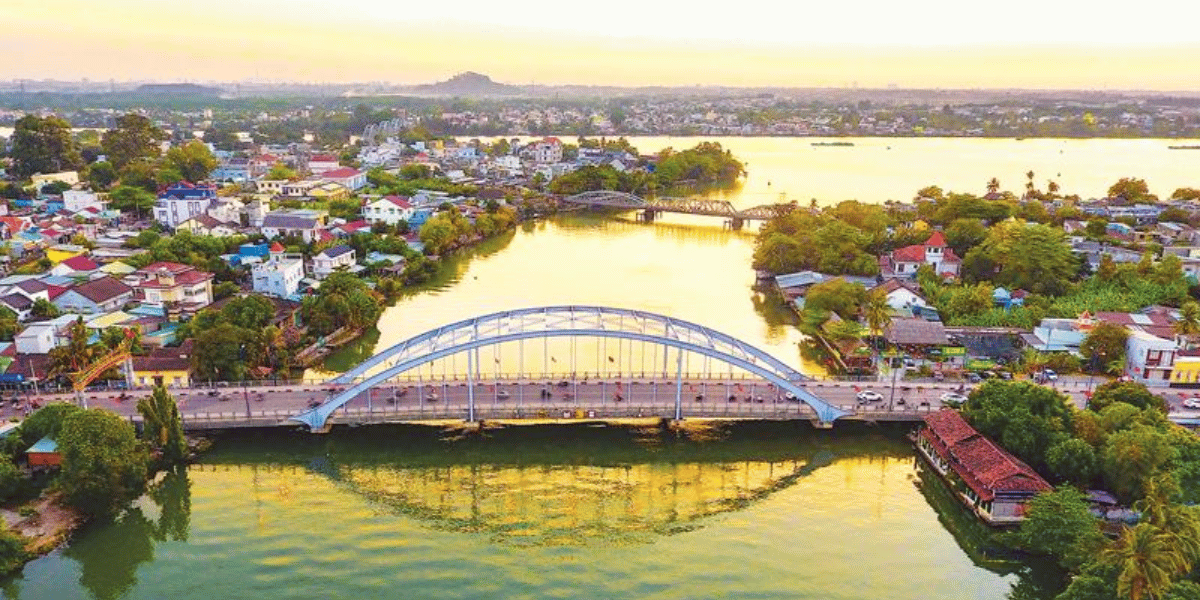Destinations – The Plain of Jars
Last Updated on 13 May, 2024 by admin
The Plain of Jars in Laos remains one of the most enigmatic archaeological sites in Southeast Asia. Located in the heart of the mountainous Xieng Khuang Province, this area is not only rich in history but also steeped in mystery. The primary allure of visiting this region lies in its proximity to the thousands of huge stone jars scattered across the landscape, whose origins and purposes puzzle historians and archaeologists alike. This article will explore the intriguing history of Xieng Khuang, the architectural simplicity of its capital, Phonsavan, and delve into the mysteries surrounding the iconic Plain of Jars.

Historical Background of Xieng Khuang Province
Xieng Khuang Province is a region defined by its dramatic limestone karst landscapes, which stand as silent witnesses to a tumultuous history. During the Vietnam War, this province was subjected to intense saturation bombing by the US military, making it one of the most heavily bombed areas in history. The aftermath left the region littered with bomb craters and unexploded ordnance, which still pose risks today. The original capital was virtually flattened during these bombings, prompting the establishment of the new capital, Phonsavan, in a location that was deemed safer and more defensible.
Phonsavan: The New Provincial Capital
Constructed after the war, Phonsavan differs markedly from many post-war urban reconstructions. Unlike some cities that adopted the austere Soviet-style concrete architecture, Phonsavan was developed with relatively wide, paved, and tree-lined streets that impart a sense of planned urbanity and open space. Today, Phonsavan is home to approximately 80,000 residents, comprising a significant number of ethnic minority groups, including H’mong and Vietnamese. Although it may not boast architectural treasures, its layout and community reflect a blend of resilience and cultural diversity. The presence of unexploded ordnance is a stark reminder of its past, with specialist guides necessary to navigate these risks safely, ensuring that visitors can explore the historical and cultural sites without harm.
These sections provide a foundational understanding of the region’s historical significance and current characteristics, setting the stage for a deeper exploration into the mysterious Plain of Jars, which is discussed in the subsequent sections of the article.
The Enigma of the Plain of Jars
The Plain of Jars, located near Phonsavan, presents a captivating historical puzzle that draws scholars and tourists alike. Spread across a large expanse, this site is dotted with over 2,000 massive stone jars, some weighing up to six tonnes and measuring several meters in height. These jars are hewn from a variety of materials including limestone and granite, with some made from a grey conglomerate that some experts speculate might be an ancient form of concrete. Their origins are shrouded in mystery, with theories about their purpose ranging from funerary practices to storage containers for food or rice wine. Despite extensive research, no conclusive evidence has been found, leaving their true purpose and the identity of their creators as subjects of ongoing debate and fascination.
Tourist Information
For travelers interested in exploring this ancient site, Phonsavan provides the nearest gateway with convenient access via its airport. The best time to visit is during the dry season from November to April, when the weather is more temperate and the paths less muddy. Visitors are strongly advised to engage with specialist guides not only for insightful historical context but also for safety, due to the area still being contaminated with unexploded ordnance. Sites 2 and 3 of the Plain of Jars are particularly popular, with Site 3 located near the charming village of Hai Hin Lat Khai, offering a glimpse into local life alongside the historical exploration.
Conclusion
The Plain of Jars stands as a testament to Laos’s rich and enigmatic historical tapestry. While the site offers more questions than answers, its allure lies in its mystery and the sheer scale of archaeological wonder. Beyond its historical and cultural significance, the Plain of Jars highlights the resilience of the Laotian landscape and its people, recovering and preserving amidst past adversities. As tourism continues to grow, it brings vital attention and resources to the region, supporting local economies and furthering historical research. For those fascinated by history, mystery, and the resilience of human cultures, a visit to the Plain of Jars offers an unforgettable journey into the heart of Laos’s archaeological heritage.
These sections provide an extensive look into the main attraction of the area—the Plain of Jars—along with practical advice for visitors and a reflective conclusion on the importance of this site both historically and for contemporary tourism.



